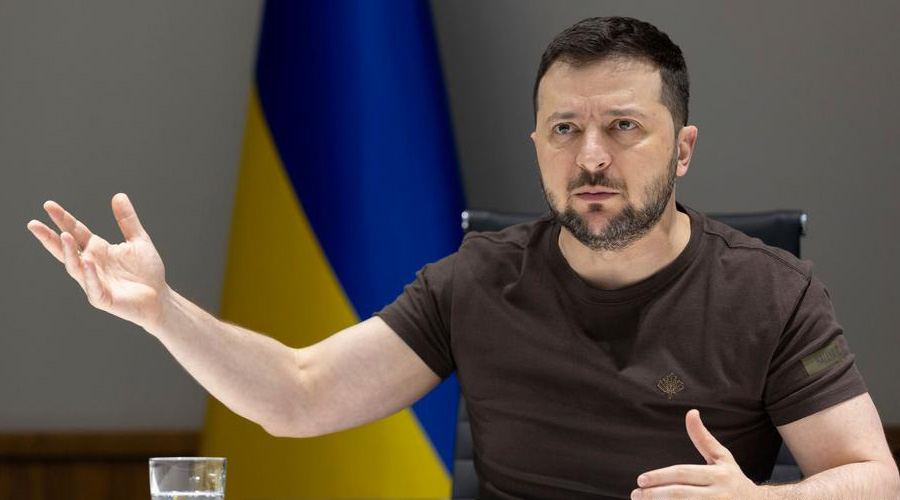As the new year dawned on Ukraine, the country’s capital, Kyiv, came under intense attack from Russian drones. For the neighbours at war, the signal was clear: Europe’s biggest conflict since World War II will likely drag on through 2023. The attacks were also the latest evidence of how the war has turned into a laboratory for weapons and technology that could fundamentally reshape the way battles are fought in the future. Kyiv, too, has used sophisticated marine drones in devastating attacks on Russia’s Black Sea Fleet in Sevastopol, Crimea. Independent military researchers suspect an underwater drone supplied to Ukraine by its Western allies was behind the stunning attack on the Kerch Bridge between Russia and the Crimean Peninsula in October. Ukraine has also used drone-jamming systems supplied by Nato allies to try and disorient armed Russian UAVs. Meanwhile, Russia has used hypersonic missiles — which travel at between five and twenty-five times the speed of sound — against Ukrainian targets. These missiles have never been used in an actual conflict before.
Cutting-edge weaponry and military hardware are not the only entities that have been on display. In November, Ukraine used a Nato-developed, real-time information-sharing system called Delta to trace Russian troop movements and push the enemy back in Kherson, which Ukraine recaptured. Ukraine has also used artificial intelligence-based facial recognition technology to identify dead Russian soldiers. Both sides have also relied extensively on cyber hacking to demobilise each other’s critical infrastructure and identify troop locations. Ukraine, in particular, has masterfully used technology as an information warfare tool: where Winston Churchill is remembered for his wartime speeches over the wireless, the Ukrainian president, Volodymyr Zelensky, has turned the smartphone into his weapon to communicate directly with his people and the world. Beyond the immediate parties to the war, strategic analysts and everyday enthusiasts have used open-source intelligence or OSINT to track the progress of the conflict in ways that the world has never seen before.
Yet there is a familiarity to all of this. Every major conflict has served as a theatre where new strategies and weapons have been tested. If World War I demonstrated the power of airplanes and submarines, the nuclear bomb remains a potent legacy of World War II. Already, San Francisco has considered — but put on hold — plans to create a cadre of killer robot police officers, seeing the success of such machines in the Ukraine war. Many governments might now be tempted to use artificial intelligence and facial recognition in policing and intelligence operations and for cyber operations against enemies.
But new weapons — whether missiles, drones or software — raise new ethical challenges. Would, for instance, they honour the conventions of modern conflict? Should the ethical framework of military engagement be updated in light of the deployment of these weapons? Before the war of the future becomes a reality, there needs to be urgent deliberations on the international rules of engagement backed by the United Nations. The Ukraine war must not inspire horrors elsewhere.











